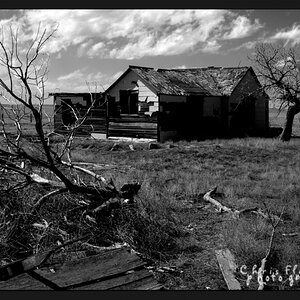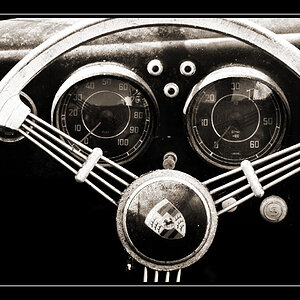JerryPH
No longer a newbie, moving up!
- Joined
- Oct 14, 2007
- Messages
- 6,111
- Reaction score
- 15
- Location
- Montreal, QC, Canada
- Can others edit my Photos
- Photos NOT OK to edit
I've been using spot metering a lot and I've noticed much more balanced light and tones. Is that a positive?
Read up on what spot metering is so you understand why. Spot metering is where the camera sets the exposure based on only what is in a small area of the middle of your frame and bases the exposure off that.
Matrix metering is where the exposure is evaluated on the overall average of the entire picture. I would tend to use sot metering in protraiture and matrix in scenes where I have a wide picture like outdoors or landscape, etc...
Another example, spot metering is excellent to get a well lit subject if you were outside and in the sun and your subject was under a well shaded tree. Without it, they would be almost silhouetted, with it, you may blow out the surrounding areas, but your subject under the tree comes out properly exposed.


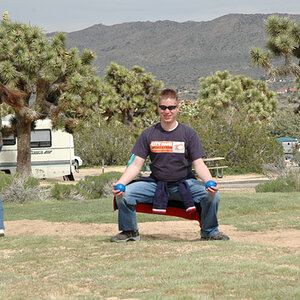
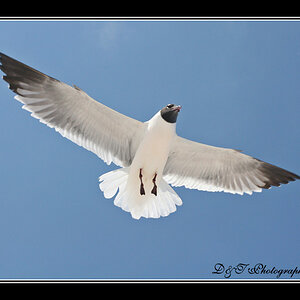
![[No title]](/data/xfmg/thumbnail/39/39472-acea19526f2c08f92fd1e95a92191bc2.jpg?1619739043)
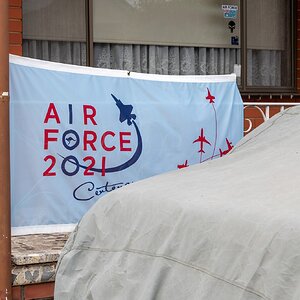

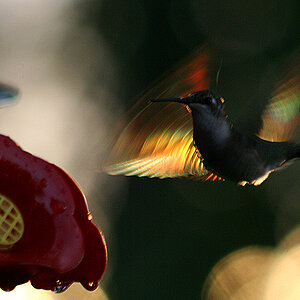
![[No title]](/data/xfmg/thumbnail/37/37608-63b0d340b0972479217b548a4026df96.jpg?1619738149)

![[No title]](/data/xfmg/thumbnail/37/37535-0e9dcff8bc21e85b84fa89af160ac8d5.jpg?1619738132)
